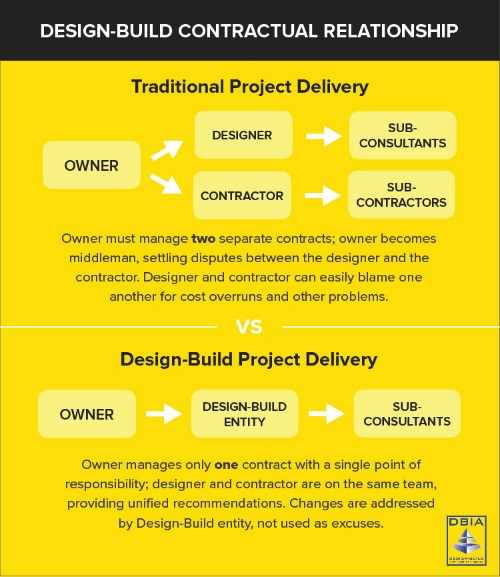Constructing Observations | The AGC Blog
Monday, March 28, 2016
In the United States alone, there are 437 billion square feet of windows installed every year. Imagine if all of those windows and the already existing windows on earth could produce solar energy to power the very buildings they adorn.
Read more
(0) Comments
Tuesday, March 22, 2016
Water can have a devastating effect on buildings; the smallest misstep when installing waterproofing can cost millions of dollars. Even worse, water can deteriorate buildings components and cause mold, resulting in significant health concerns.
Read more
(0) Comments
Friday, March 18, 2016
Lean construction is an “it” term in construction right now. And for good reason: it works. Lean construction is not a new concept. It stems from The Last Planner System (LPS), which was developed in the 1980s to improve the predictability and reliability of construction production.
Since the 1960s construction productivity has steadily declined. Forty to fifty percent of construction projects are behind schedule and over budget, according to FMI's Sixth Annual Survey of Construction Owners. The biggest costs impacting construction today are the inefficiencies built into the way projects are run and managed.
Read more
(0) Comments
Friday, March 4, 2016
The geotechnical engineer's recommendation is typically the start of the ground improvement process, and most geotechs have significant experience with different ground improvement techniques. The geotechnical engineer's borings logs and report recommendations help identify the best way to support a new structure. In this post, we provide key information to help geotechs draft the best possible reports. This post is the fourth part in our series on ground improvement; the previous post covered cost analysis and feasibility of different ground improvement techniques.
Read more
(0) Comments
Tuesday, February 9, 2016
The general standard in OSHA cases is that a foreman’s knowledge of a safety violation by a subordinate is imputed to the employer. An exception has been carved out by some courts when it is the foreman’s own safety violation that gives rise to the OSHA citation, and the employer argues that the actions of a “rogue” employee should not be imputed to the employer. But what happens when both foreman and subordinate engage in an unsafe work condition? That was the situation decided by the U.S. Court of Appeals for the Eleventh Circuit, in Quinlan v. Sec’y, United States DOL, 2016 U.S. App. LEXIS 207 (Jan. 8, 2016), available here.
Read more
(0) Comments
Friday, February 5, 2016
Remember the remote-control truck you had as a kid? You could barge into the sand box, toggle your way back out, crash unexpectedly and reverse just as quickly, all while staying out of harm’s way. Today, construction workers have the option to use remote-control equipment from outside the cab, so they can do dangerous work more safely and efficiently.
Read more
(0) Comments
Tuesday, February 2, 2016
Design-Build (D-B) is a project delivery system that includes planning, design and construction under one contract. D-B is the idea of partnering the right team, from the start, to help get to a completed project successfully and provide the highest satisfaction to the Client/Owner. Basically it’s like putting together any sports team. You pick teammates you know you can collaborate with, trust, lean on for support and ultimately win the game with. Design-Build has many advantages to ensuring a successful completed project when working together as a team.
Read more
(0) Comments
Thursday, January 21, 2016
Different ground improvement techniques are used to strengthen the soil in a construction area to ready it for a new facility. In recent years, new methods have emerged that offer greater cost efficiency. This is the third article in a series we have published to help you understand ground improvement. In the first, we cover the basics of ground improvement, and in the second, we perform a deep dive into the aggregate pier ground improvement technique. In this article, we provide you an overview of the costs of ground improvement techniques.
Read more
(0) Comments
Monday, January 18, 2016
Charitable work in the Building Construction Industry over the holidays and all through-out the year
As a new member (eight months now!) to the Building Construction Industry in Massachusetts, I am continually impressed that how, for such a large industry, it feels like such a small community. The holidays were no exception with tidings of good cheer, images of employee celebrations and the incredible out pouring of charitable giving. Every day my social media feeds were inundated with the generous actions of AGC MA members and their dedicated staff. The more I thought about it the more I was compelled to look back and make a list, then reach out to a few of our members (not everyone shares) to see what their efforts included. Here is a short list of events that were happening this holiday season-and by the way, many of our members give all year long…
Read more
(0) Comments
Friday, January 15, 2016
Delivering district energy or utility infrastructure renovations on a campus without disturbing day-to-day activities is a challenging construction endeavor that needs careful attention. Students and their families dedicate valuable time and significant resources to attend a university. Having an active construction site on campus should not be an additional challenge for students and faculty. Managing a safe and compact construction site requires attention to many important project and safety details that are specific to the location of the work being performed. It is the general contractors responsibility to maintain the balance of construction productivity with the needs of the university to operate its campus as usual.
Read more
(0) Comments










